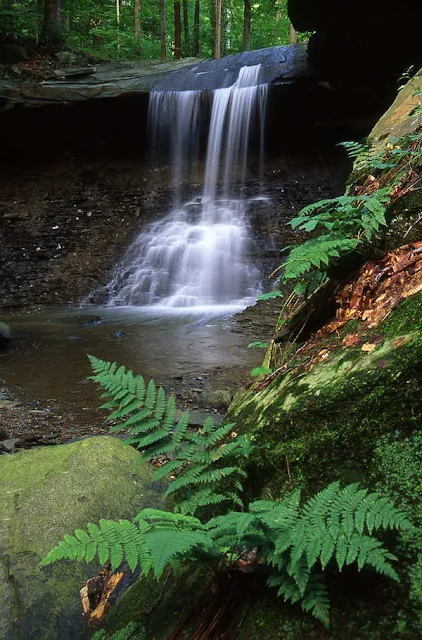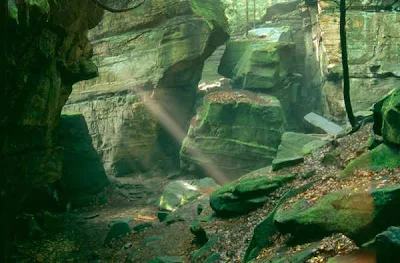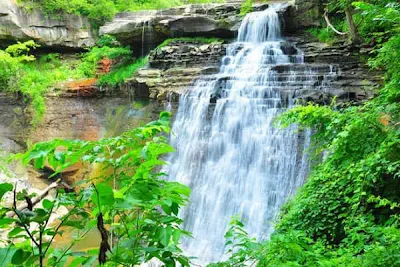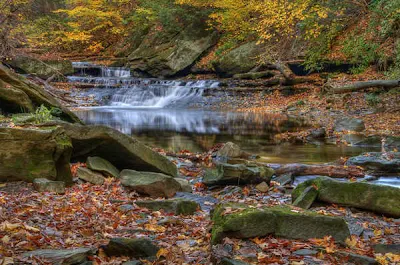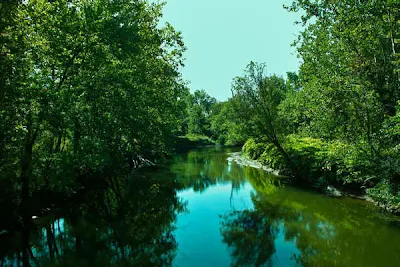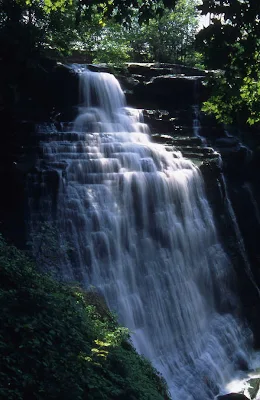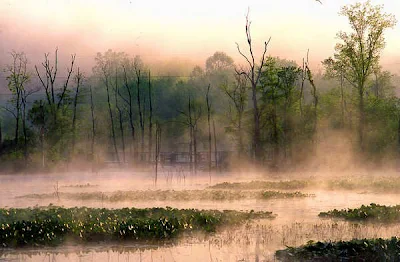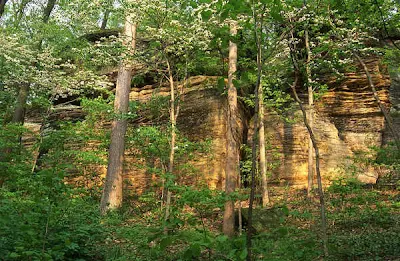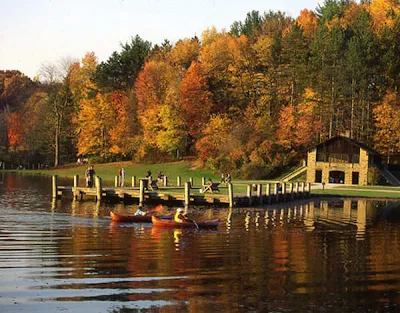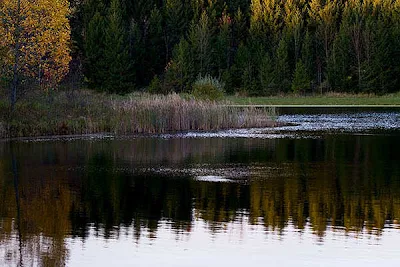While on Umrah, I was blessed with the opportunity to see the opening and internal cleaning of the Ka'aba.On the morning of the 2nd of August, after Fajr Prayer we decided to do Twaf (Circumambulation of the Ka'aba) and on our last circuit we saw a carriage of wooden steps approach the Ka'aba door. The crowds started to push and it felt worser than Hajj! I reached for my camera and began to record an witness one of the most Rarest and gifted events in the Islamic world.The video explains the rest.Time of video: 06:40Date: 2nd August 2008
While on Umrah, I was blessed with the opportunity to see the opening and internal cleaning of the Ka'aba.On the morning of the 2nd of August, after Fajr Prayer we decided to do Twaf (Circumambulation of the Ka'aba) and on our last circuit we saw a carriage of wooden steps approach the Ka'aba door. The crowds started to push and it felt worser than Hajj! I reached for my camera and began to record an witness one of the most Rarest and gifted events in the Islamic world.The video explains the rest.Time of video: 06:40Date: 2nd August 2008
